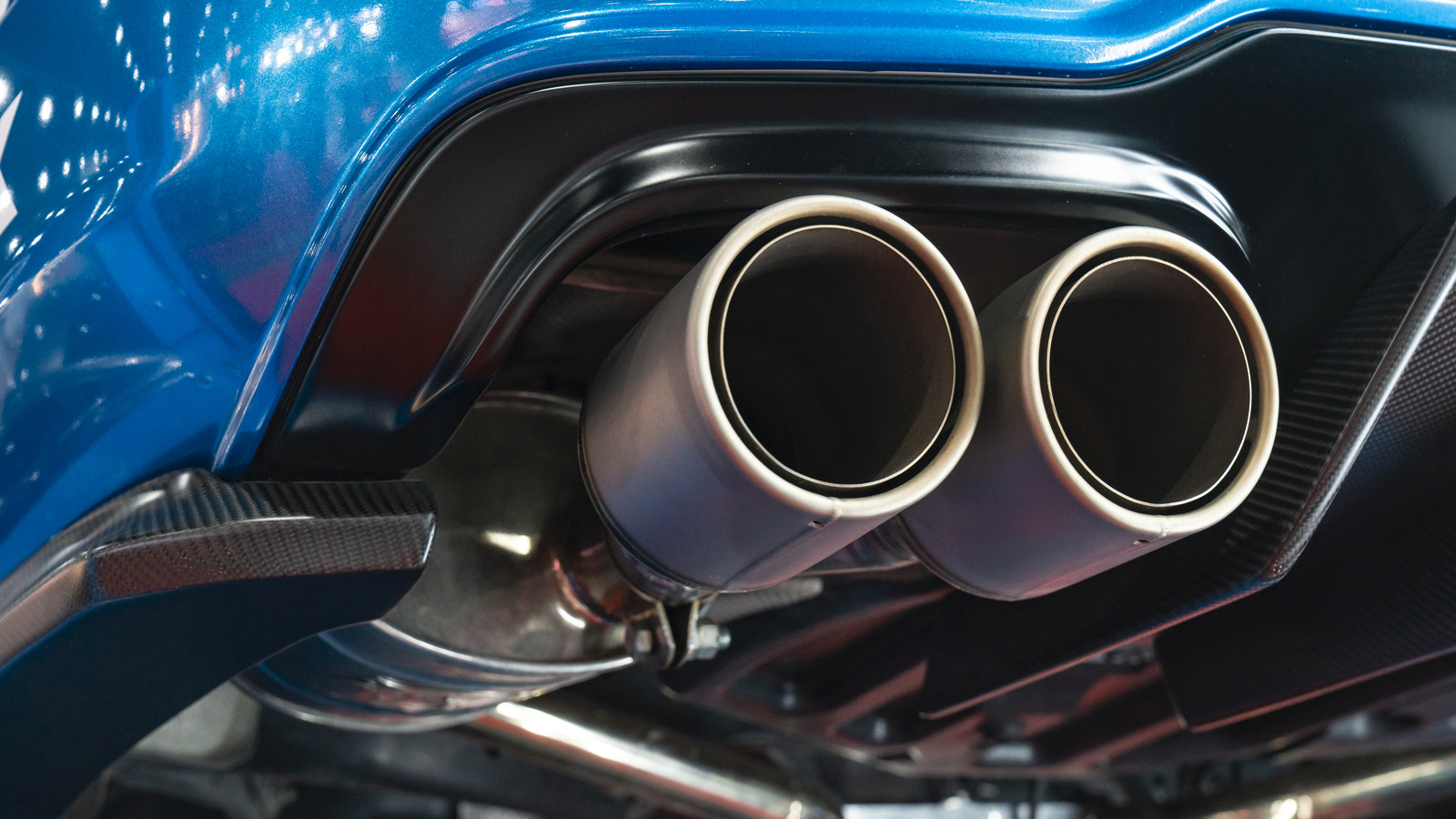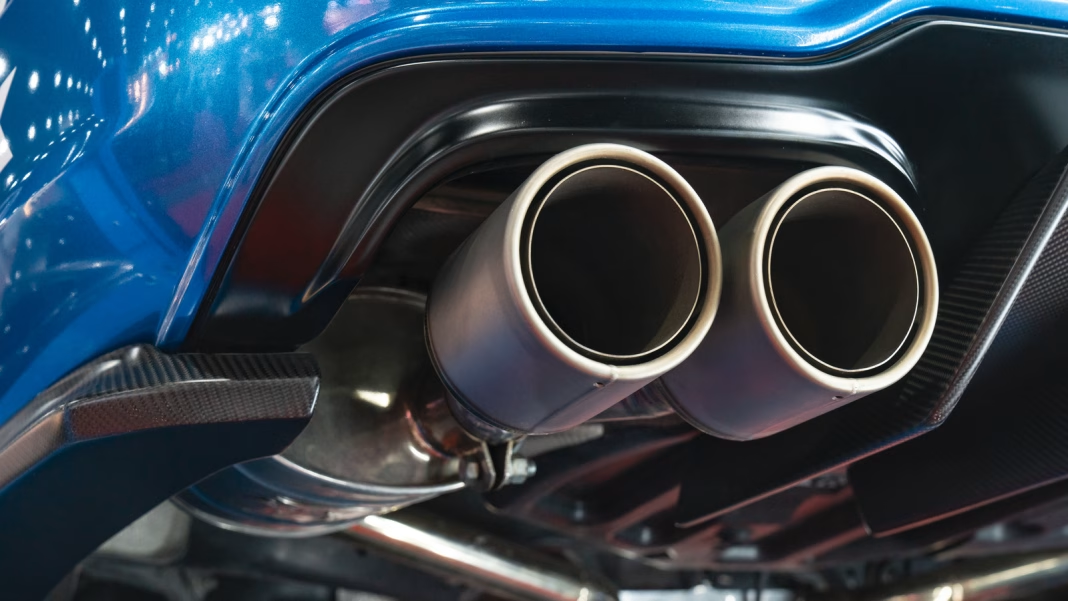Thinking about diving into a car project and torn between removing the muffler or the resonator? You’re not alone. Many car enthusiasts find themselves at this crossroads, and understanding the differences between these two components can help you make a more informed decision. Let’s break it down.
What’s the Muffler All About?
The muffler is a crucial part of your vehicle’s exhaust system. Its primary job is to reduce the noise produced by the engine. When your engine burns fuel, it creates a lot of sound, and the muffler helps to muffle that noise, making your ride more pleasant. But it doesn’t just stop at noise reduction; it also plays a role in improving engine performance by controlling back pressure.
If you’re considering removing the muffler, keep in mind that while it might give your car a more aggressive sound, it can also lead to increased noise levels that might not be ideal for everyday driving. Plus, depending on local laws, driving without a muffler could land you in hot water with the authorities.
What About the Resonator?
Now, let’s talk about the resonator. This component is often misunderstood, but it serves a different purpose than the muffler. The resonator is designed to fine-tune the sound of your exhaust system. It helps eliminate certain frequencies that can create undesirable sounds, essentially refining the exhaust note. Think of it as a sound sculptor—it shapes the tone of your car’s exhaust to make it more pleasing to the ear.
Removing the resonator can lead to a louder, more aggressive sound, similar to removing the muffler. However, it might also introduce some harsh tones that could be less enjoyable over time. If you’re after a specific sound profile, tinkering with the resonator can help you achieve that without going full throttle on noise levels.
Which One Should You Remove?
Deciding whether to remove the muffler or the resonator largely depends on what you want to achieve. If your goal is to simply make your car louder, you might lean towards removing the muffler. Just be prepared for a significant increase in noise. On the other hand, if you’re looking to enhance the sound quality without going overboard, the resonator might be the better option.
Consider your driving habits, too. If you’re using your car for daily commutes, a quieter ride might be more enjoyable. But if you’re building a project car for shows or track days, the sound might be a key part of your vision.
Real-World Example: The Enthusiast’s Dilemma
Take the case of a friend who recently modified his sports car. He initially removed the muffler, thinking it would give him that classic muscle car growl. While it did sound impressive, the drone at highway speeds became unbearable. After a few weeks, he decided to reinstall the muffler and instead removed the resonator. The result? A much more balanced sound that was both aggressive and pleasant, making his drives enjoyable again.
What’s the Bottom Line?
When it comes down to it, the choice between removing the muffler or the resonator isn’t just about noise levels; it’s about the overall driving experience you want to create. Each component plays a unique role in shaping your vehicle’s sound and performance.
The big takeaway? It isn’t about perfection—it’s about smarter adjustments. Start with one change this week, and you’ll likely spot the difference by month’s end. Whether you go for the muffler or the resonator, make sure it aligns with your vision for your car project. Happy tinkering!


